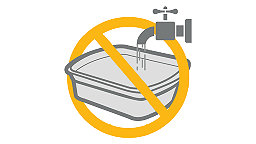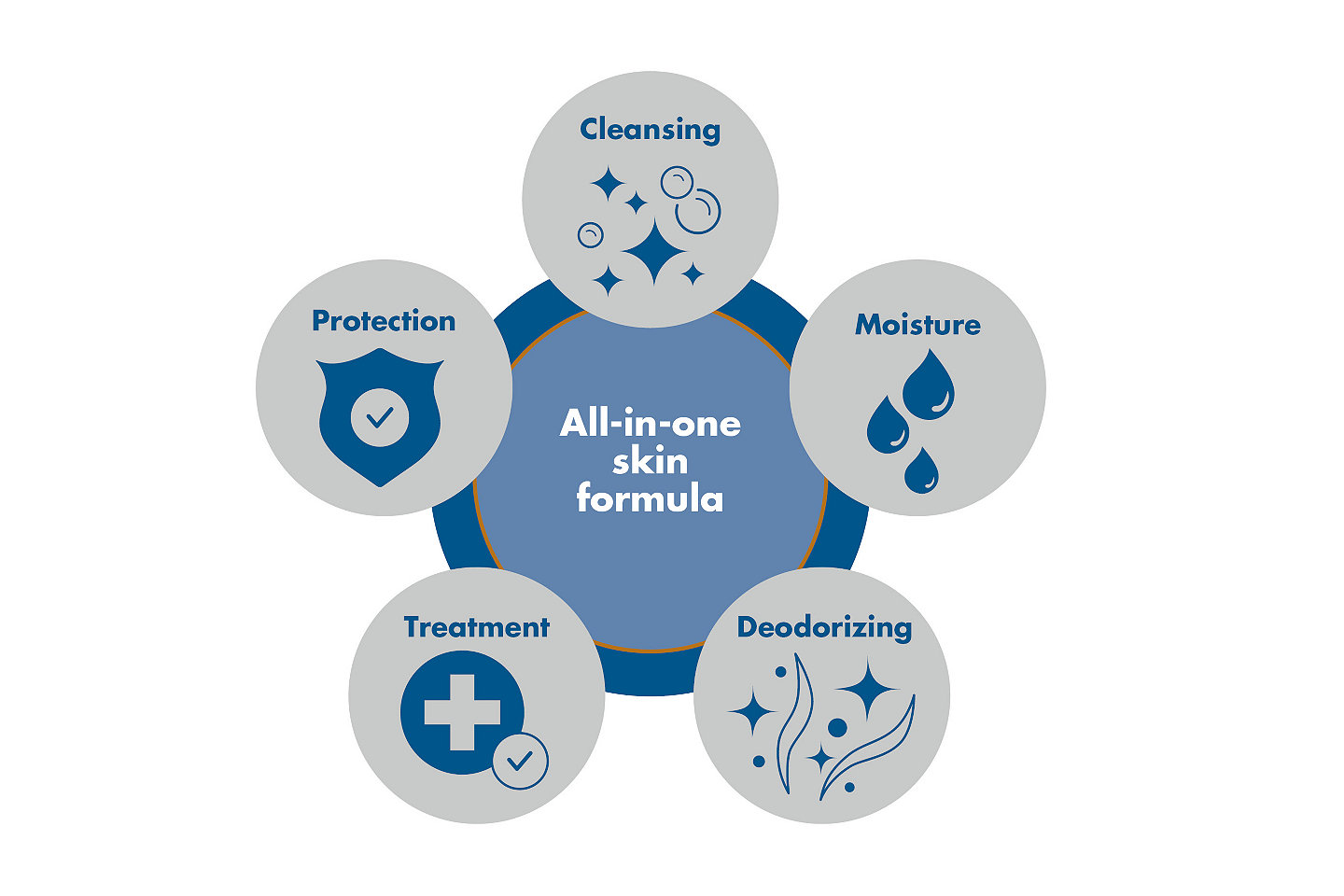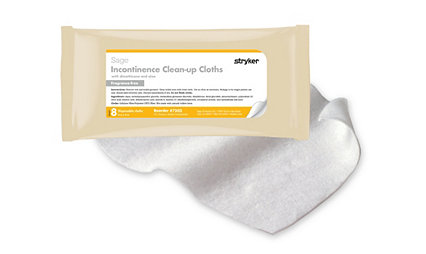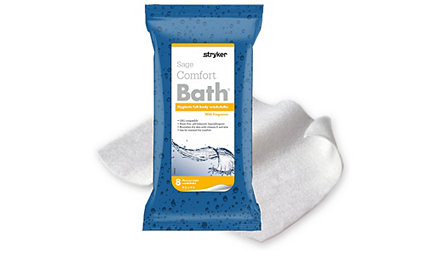Basins can increase infection risk
Using a basin to clean your incontinent patients may increase the risk of infection. Clinical studies have shown basins are often contaminated with bacteria, including multi-drug resistant organisms and gram-negative bacilli.1,2 Hospital water systems have also been identified in more than 29 studies as the source of serious waterborne hospital-acquired infections (HAIs).3

33% of hospitalized adults experience perineal skin damage4

100% of hospitals had at least one bacteria-contaminated basin in a study published in the American Journal of Infection Control5

46% of hospitalized incontinent patients had IAD in a study published in the Journal of Wound, Ostomy and Continence Nursing6

Help reduce IAD with cloths
Sage Comfort Shield Barrier Cream Cloths with dimethicone can help you provide consistent patient care by applying an effective barrier every time. Each cloth delivers all-in-one skin cleansing, moisturizing, deodorizing, treatment and barrier protection.
- Dimethicone formula helps treat and prevent IAD; helps seal out wetness
- Breathable, transparent dimethicone barrier makes skin assessment easy
- Allows the use of other products such as antifungals without removing
- Dimethicone barrier7
- Hypoallergenic, gentle and non-irritating
- 3-pack (smaller cloth size): Reorder #7502
- 3-pack: Reorder #7503
- 8-pack: Reorder #7905
- 24-pack: Reorder #7924
0
IAD or HAPI
Preventing incontinence-associated dermatitis
A two-phase evaluation of 200 patients at high risk for developing IAD and hospital-acquired pressure injury (HAPI) found that not one patient developed an IAD or HAPI after receiving an intervention that standardized incontinence cleanup with a barrier-impregnated cloth following each incontinent episode.8
FAQs
The expiration date can be found on the side of the package.
The active ingredient is 3% dimethicone.
Yes. The intended use for Comfort Shield Barrier Cream Cloths is for infants and older. Neonatal use is at the physician’s discretion.
Yes. Please refer to the packaging for warming instructions.
The expiration date is 18-24 months after the manufacturing date. Please refer to the packaging for the expiration date.
No need to add water. The cloths come pre-moistened and ready to use.
No. Comfort Shield Barrier Cream Cloths are compatible with antifungal products.4
Interested in learning more? Connect with an expert.
References:
1. Marchaim D, et al., Hospital bath basins are frequently contaminated with multi-drug resistant human pathogens. Poster presented at SHEA 21st Annual Scientific Meeting, April 2011.
2. Johnson D, Lineweaver L, Maze L, Patients’ bath basins as potential sources of infection: a multicenter sampling study, American Journal of Critical Care, Vol 18, No. 1, Jan 2009.
3. Anaissie EJ, Penzak SR, Dignami MC, The Hospital Water Supply as a Source of Nosocomial Infections, Archives of Internal Medicine. 2002;162(13):1483-92.
4. Nix D, Ermer-Seltun J, (2004). A review of perineal skin care protocols and skin barrier product use. Ostomy Wound Manage, 50(12), 59-67.
5. Marchaim D, Taylor AR, Hayakawa K, et al. (2012 August). Hospital bath basins are frequently contaminated with multidrug-resistant human pathogens. American Journal of Infection Control;40(6):562-4
6. Gray M, Guiliano K, Incontinence-Associated Dermatitis, Characteristics and Relationship to Pressure Injury A Multisite Epidemiologic Analysis, Journal of Wound Ostomy Continence Nursing, January/February 2018;45(1):63-7.
7. West, D. (written communication-letter) December 2013.
8. Hall K, Clark R, A Prospective, Descriptive, Quality Improvement Study to Decrease Incontinence-Associated Dermatitis and Hospital-Acquired Pressure Ulcers. Ostomy Wound Management 2015;6(7):26-30.
SAGE-PH-SYK-1046892_REV-0_en_us

















